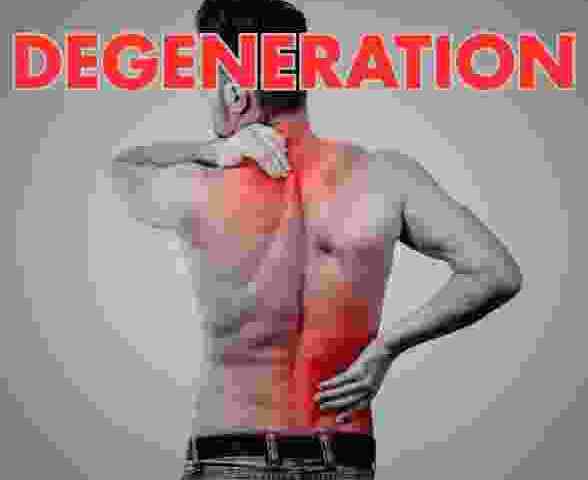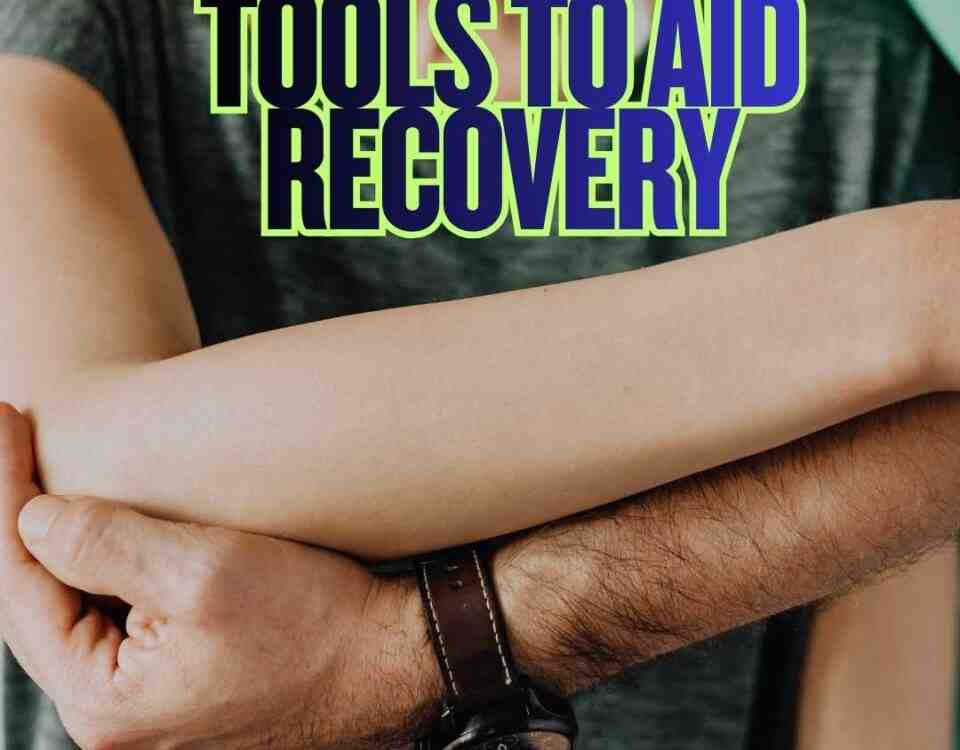Stages of Degeneration

The Largest Tendon
April 25, 2025
Beverage Consumption for kids and teens
April 25, 2025- Accident doctor
- accupuncture
- airplane headache
- alzheimer's
- best habits
- Brain Injuries
- car accident
- car accidents
- cervical strain
- colds
- concussion
- Concussions
- disc bulge
- dosage meds
- dry needling
- dull pain
- E bike injuries
- florida
- good posture
- headaches
- Headrest positions
- Headrest positions after an accident
- Healthy choices
- Healthy flying
- healthy gift guide
- Healthy SPring Ideas
- hip pain
- hyperextension
- injury doctor
- insurance
- Kayaking
- kentucky
- kids motion sickness
- lifestyle
- motion sickness
- neck injury
- no fault insurance doctor
- noise healing
- osteoporosis
- pain symptoms
- pink noise
- posterior chain
- posture
- prevent osteoporosis
- Rest
- Scoliosis
- shoulder pain
- Stress with kids after a motor vehicle accident
- TBI
- tips
- tmj
- torn muscle
- Traumatic Brain Injury
- trigger points
- VitaminD
- What are Post Traumatic headaches?
5 Stages of Degeneration
Degeneration happens when parts of the body wear down over time. This can occur in the spine, joints, or other tissues due to aging, injury, or disease. While the process may start with small changes, it can eventually lead to pain, stiffness, and loss of function. Dr. Aaron Workman, a patient favorite at one of the highest rated car accident medical care providers in Kentucky, explains the stages of degeneration.
When patients are told they have degeneration in different areas, they are often surprised and not sure how that has happened. It is important to understand how this starts and how small, untreated injuries can lead to large problems later in life. Understanding the five stages of degeneration can help people notice early symptoms and take steps to slow the process.
Stage 1: Dysfunction
In the first stage, small changes start to appear in the affected area. This could mean tiny tears in a joint, minor misalignment in the spine, or early cartilage wear. These can result during any daily activity or from a variety of different sports. Many may not experience pain at this stage or ignore it for a few days and it goes away. It is during this time that other muscles and ligaments are doing extra work to support the problem area which can lead to occasional discomfort or stiffness.
Stage 2: Disc or Joint Weakens
Left uncorrected degeneration has started. The disc or joint begins to lose strength. In the spine, discs may lose water content and become less flexible. In other joints, cartilage starts to wear down. Pain, stiffness, or inflammation may begin to appear, especially after physical activity. Some may notice a decreased range of motion but eventually this decrease will feel normal.
Stage 3: Structural Changes Appear
In stage three, the damage becomes more noticeable on X-rays. The biggest misconception I find is the assumption acute trauma can cause degeneration on x-rays days later. This stage can take over 20 years to see in radiology. The spine may develop bone spurs, discs may shrink, and joints may become inflamed. This leads to more consistent pain, stiffness, and loss of flexibility. You may feel sore in the morning or after long periods of inactivity. There should be some type of therapy or mobility intervention here because degeneration does not stop, but you can slow it down.
Stage 4: Advanced Degeneration
By stage four, the affected area has significant damage. Discs in the spine may collapse, joints may lose most of their cartilage, and pain can become chronic. Mobility may be severely affected, making daily activities more difficult. At this point, you may need pain management, injections, or even surgery.
Stage 5: Severe Disability
The damage is permanent. The affected joint, disc, or tissue may no longer function properly, leading to severe pain and mobility issues. In some cases, the only solution may be joint replacement surgery or spinal fusion. At this point, the goal is to manage pain and maintain the best possible quality of life.
Working within the treatment of patients that have suffered motor vehicle accidents, they have all experienced the first stage with their injuries. There is an unfortunate disconnect which happens when the pain is tolerable, and the inconvenience of therapy leads to no treatment. While multiple therapy appointments consume time, later degeneration consumes the joys of life. Degeneration is a natural part of aging, but each traumatic event speeds up the process. Staying active, keeping a proper weight, and addressing daily postures are all great ways to intervene. If you have acute trauma, seeking proper therapies and sticking with the plan is the most important thing you can do to prevent long term damage. Hopefully understanding these 5 stages can lead to early action promoting long term health and mobility for years to come.
— This article is written by Aaron Workman, DC, one of the members of Chambers Medical Group’s team of car accident chiropractors who offer a variety of treatments and therapies ranging from diagnostic testing to various soft tissue therapies for car accidents and injuries in Kentucky.




